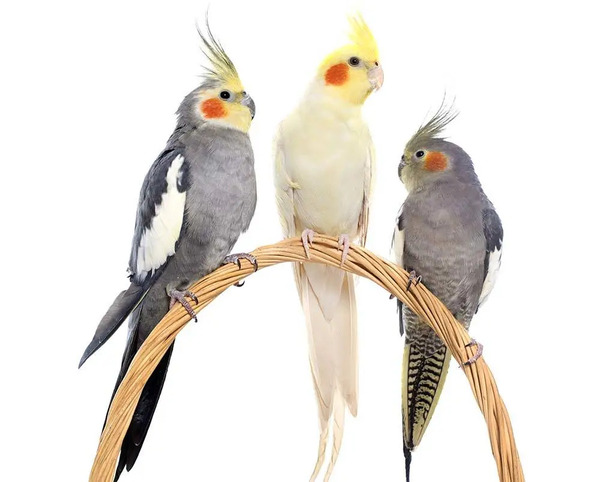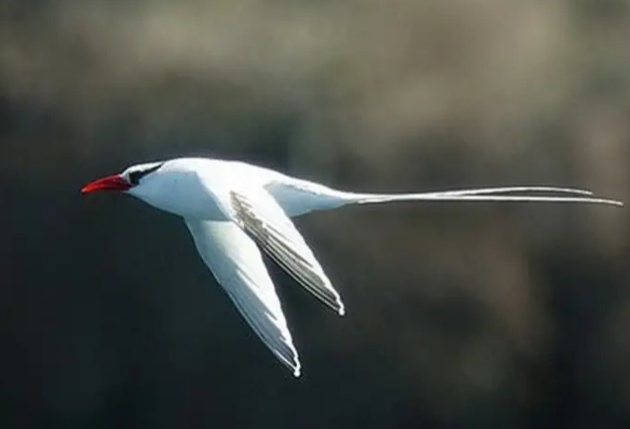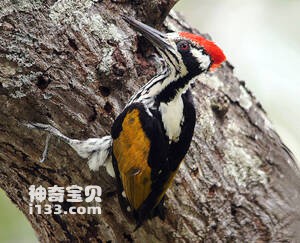swift
IUCN
LCBasic Information
Scientific classification
- name:swift
- Scientific Name:swift,Guanyin swallow, swallow, clumsy swallow, house swallow, wild swallow, brown swift, European swift
- Outline:Climbing birds
- Family:Apodidae Apodidae Apoda
Vital signs
- length:9-23cm
- Weight:29-41g
- lifetime:20years
Feature
The fastest long-distance flyer on Earth
Distribution and Habitat
Swifts breed throughout Europe, northern Lapland and the Arctic Circle, reaching as far as East Asia China.
Swifts nest in sea cliffs, caves, and hollow tree nest holes made by other birds. These have largely replaced buildings, which has allowed rapid expansion into many new areas, including cities, throughout its range in the world.
Appearance
Swifts are very similar to swallows, with extra long wings and strong bodies. The plumage is dense, with dull or shiny gray, brown or black, sometimes with light or white markings on the throat, neck, abdomen or waist. The head is broad and the mouth is short, wide and slightly curved. The tail is usually short, but may be long and deeply forked. The feet are weak and small, and they usually only rely on their pointed claws to cling to steep surfaces. A swift that lands on flat ground may not be able to fly again. The hind toes of the soft-tailed swift turn to the front to help grasp steep surfaces; the needle-like short tail feathers of the spiny-tailed swift provide support, while the feet do not change much.
Details
The fastest animal on earth that can fly long distances is the Spine-tailed Swift. The Spine-tailed Swift is the champion of long-distance flight, with a normal flying speed of 170 kilometers per hour; the fastest speed can reach 352.5 kilometers per hour, or 100 meters per second. The Spine-tailed Swift has a pair of scissor tails. This can help it avoid the resistance brought by the air. Its head is round, just like a ping-pong ball. Its body is long, and when it flies in the air, it is as fast as an arrow.

The sharp-tailed swift is a small climbing bird, the biggest feature of which is that all four toes are facing forward. There are many species of swifts, and there are 7 species in China. Every March, they will travel from Africa or Southeast Asia. Among them, the most common is the Beijing swift, which often gathers in large groups to fly high in the sky to catch insects and nests in the attics of some ancient buildings with large Chinese roofs, so it is also called the house swallow.
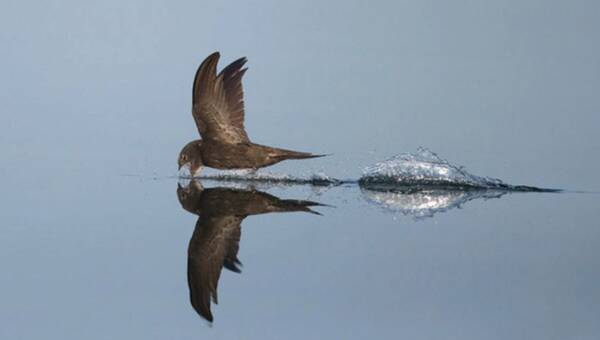
Swifts can fly 800 kilometers a day. When feeding, swifts fly back and forth tirelessly, opening their big mouths to catch insects. They also drink water and bathe in flight, and sometimes mate in the air.
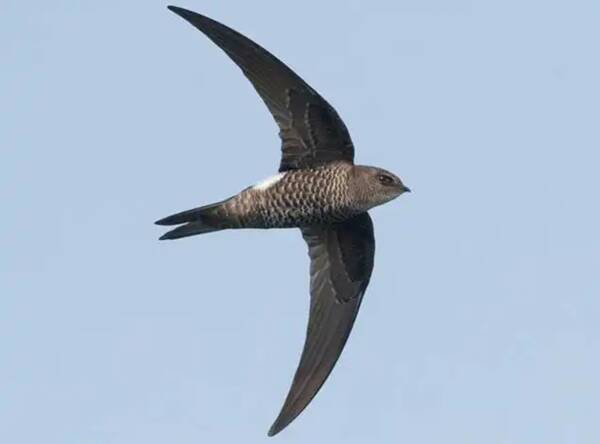
There are two reports about its speed. Before 1942, the Soviet Union reported a speed of 170.98 kilometers per hour; and in 1934, in a 3.22-kilometer flight in the Kacha Hills in northeastern India, a stopwatch was used to measure the speed of this spike-tailed swift as high as 276.47 to 353.23 kilometers per hour.



